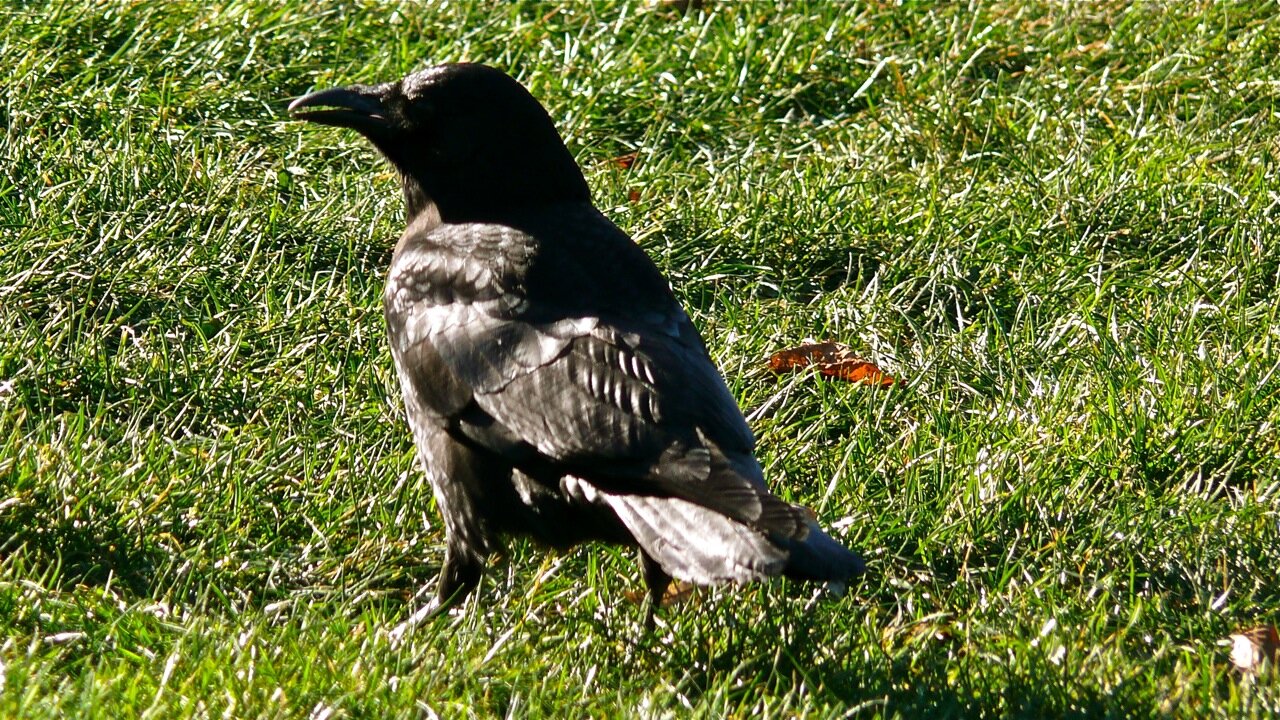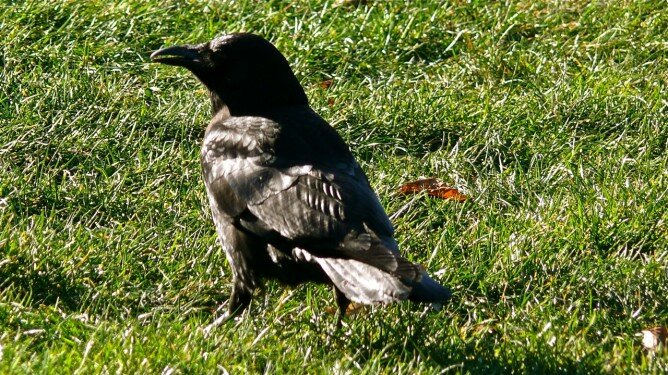May 19 to 25 is Dog Bite Prevention Week, and the U.S. Postal Service is helping publicize it the hard way: by counting up all the dog bites postal carriers got in 2012 (5,879). On an absolute number-of-bites basis, the “Dog Bite City” crown goes to Los Angeles with 69, but peaceful, sleepy little Seattle sneaks in second with 42 dog bites (tied with San Antonio, TX).
But what happens if you control for population? The city of Los Angeles has been estimated to be home to somewhere between 300,000 and 600,000 dogs, accompanying its human population of some 3.8 million. But Seattle’s dogs are estimated to be some 140,000-strong, with only 620,000 potential owners to go around. Looked at this way, Seattle’s dogs are biting well above their weight. Seattle may even exceed famously dog-crazy San Francisco, with its 38 attacks per estimated 120,000 dogs in a city of more than 800,000 inhabitants.
But dogs aren’t simply interested in taking a bite out of USPS shin, the Postal Service reminds you. The number of attacks their staff suffers “pales in comparison to the 4.7 million Americans annually bitten by dogs — more than half of whom are children.” (That 4.7-million estimate came from research done in 1994.) It’s also estimated that nearly 80 percent of people attacked are bitten by the dogs owned by family and friends.
It’s difficult to find statistics on dog bites locally — it’s been said that King County sees “more than 1,000 dog bite incidences reported each year,” which would likely understate the number of attacks (people tend not to report being bitten by their family’s dog, or a friend’s pet). A 20-year survey of dog bites by the CDC (pdf) found that while it was difficult to say if a particular breed was more or less likely to attack, pit bull-type dogs and Rottweilers were more likely to kill. (Seattle remains nervous about pit bulls — even a recent stabbing at Cal Anderson Park turned out to be pit bull-related.)
Here is relaxing slideshow of dogs from our Flickr pool not attacking people, to compensate for all of that nastiness.
Still, all this biting, of course, is just one more reason why people should think twice about bringing their dog into a grocery store. If you think a dog might be inclined to use you as a chew toy, says the American Veterinary Medical Association, try these tips:
- Don’t run past a dog. Dogs naturally love to chase and catch things.
- Never disturb a dog that is caring for puppies, sleeping or eating.
- If a dog approaches to sniff you, stay still. In most cases, the dog will go away when it determines you are not a threat.
- If you are threatened by a dog, remain calm. Don’t scream or yell. If you say anything, speak calmly and firmly. Avoid eye contact. Try to stay still until the dog leaves, or back away slowly until the dog is out of sight. Don’t turn and run.
- If you fall or are knocked to the ground, curl into a ball with your hands over your head and neck. Protect your face.

